Barony of clanmacowan
WELCOME TO A ROMANTIC PART OF IRELAND
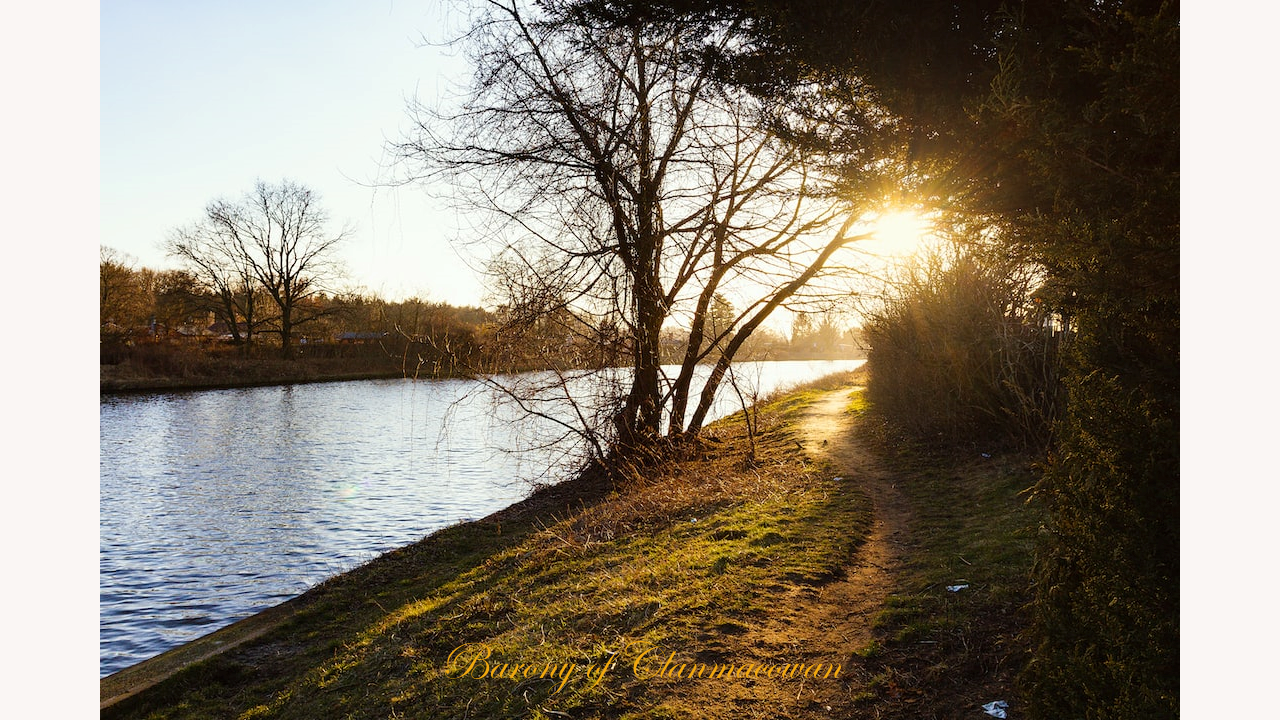
History
Introduction
Hugh O’Connor was given this little barony by Sir John Perrot in 1584. The O’Connor Dhunne family held it for many years until Cromwell sequestered it in 1651. After Callaugh’s son Hugh died without issue in 1662, the O’Connor lands and the barony fell into the hands of the Crown and was granted to John French by King Charles II in 1677.
The French family owned the barony rights until 2003. After that, the ownership changed to another owner. Since the beginning of 2019, the barony rights belong to a family with Irish ancestors. The gift seems to have followed the ancestors which align with the old stories within the family. Now, it seems that the gift has found its way home.
If you’re searching for this little barony, you might come across the names Clonmacnowen and Clonmacnoon as well. However, the origin of all these names is still Cluain Mhac n’Eoghain (Clann Mac nEoghain).
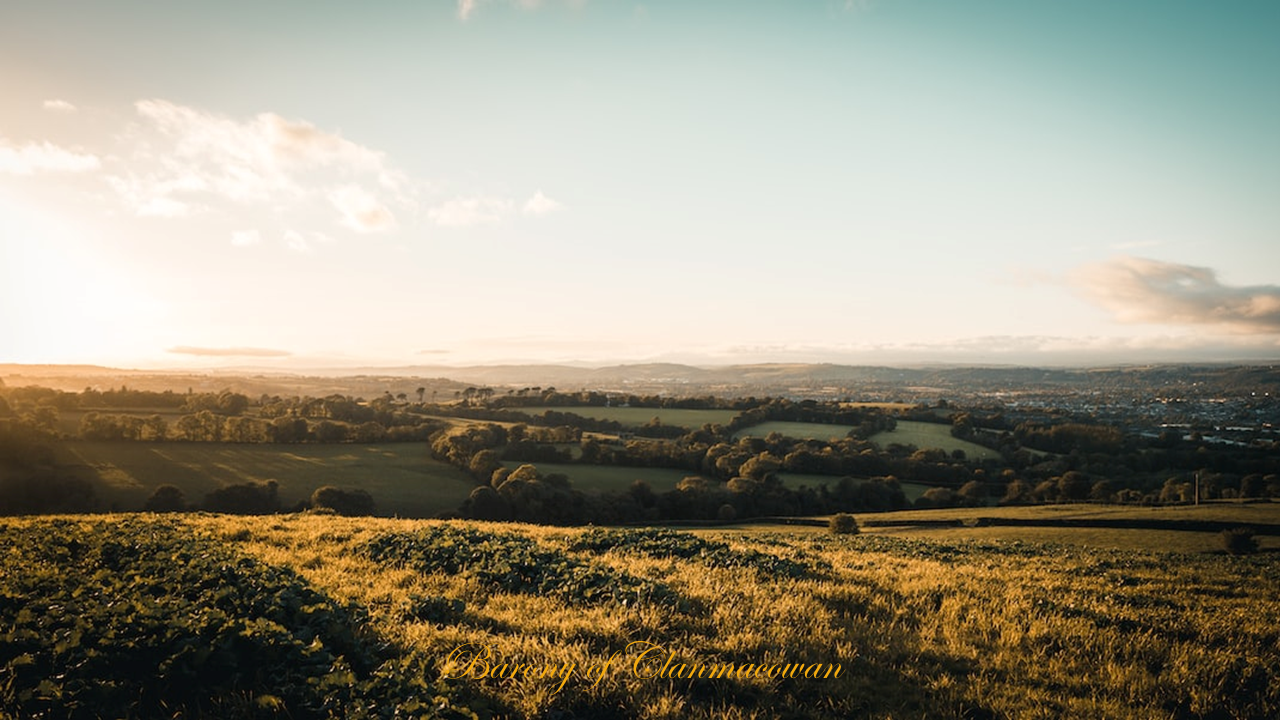
Background
Introduction
Clanmacowan Barony spans 141.6 square kilometers in eastern Galway. It is said to hold the hidden mystery behind the Irish High Cross and is among the few remaining places where the ancient gift of an dà shealladh—the second sight—can still be found.
(picture from www.towlands.ie)
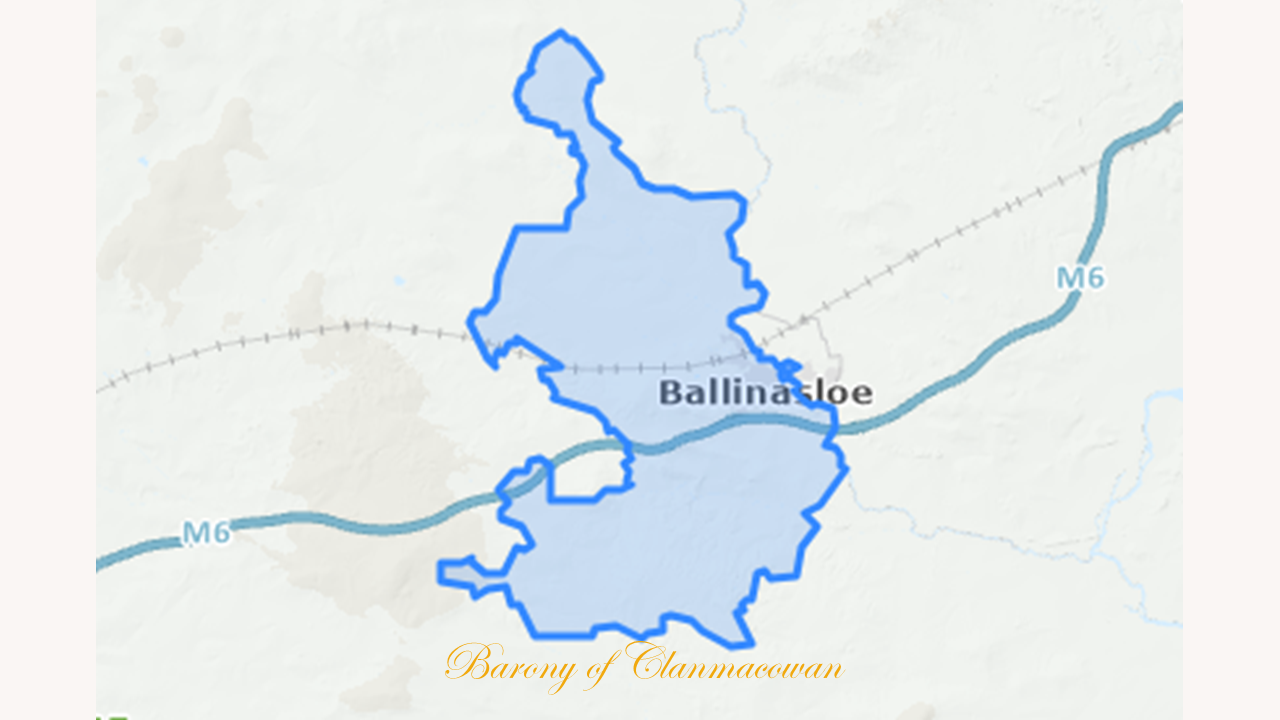
Tourist attractions
St. John Evangelist church
St John's Church. Ballinasloe - YouTube
Church of Saint John the Evangelist (Kilcloony)
https://www.ballinasloe.ie/heritage/the-church-on-the-hill
St. Michael's Catholic church
St. Michael's Church, Ballinasloe - Wikipedia
1858 – St. Michael’s Church, Ballinasloe, Co. Galway | Archiseek - Irish Architecture
St. AUGUSTINE'S CHURCH CLONTUSKERT
Ballinasloe city
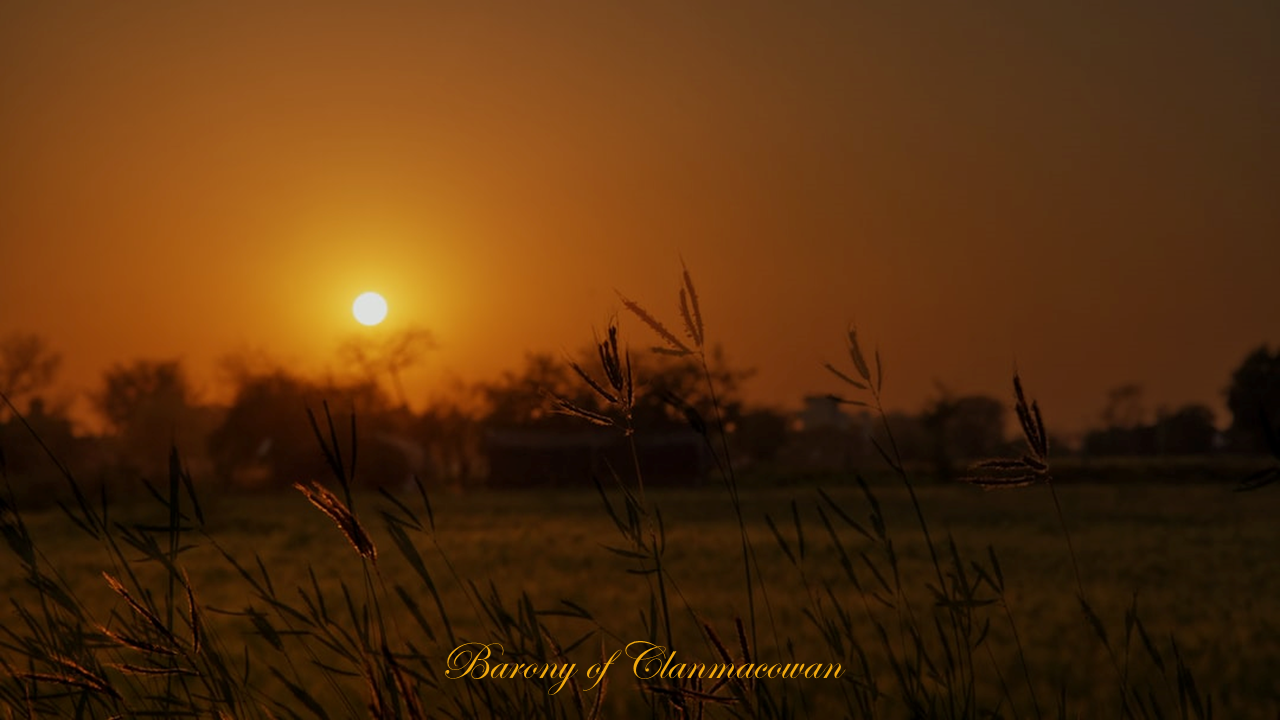
More to know
Introduction
Eoghan, the third son of Domnall Mór and Dubh Cobhlaigh, became the ancestor of the Clann Maince Eoghain, who gave their name to the barony of Clanmacowan.
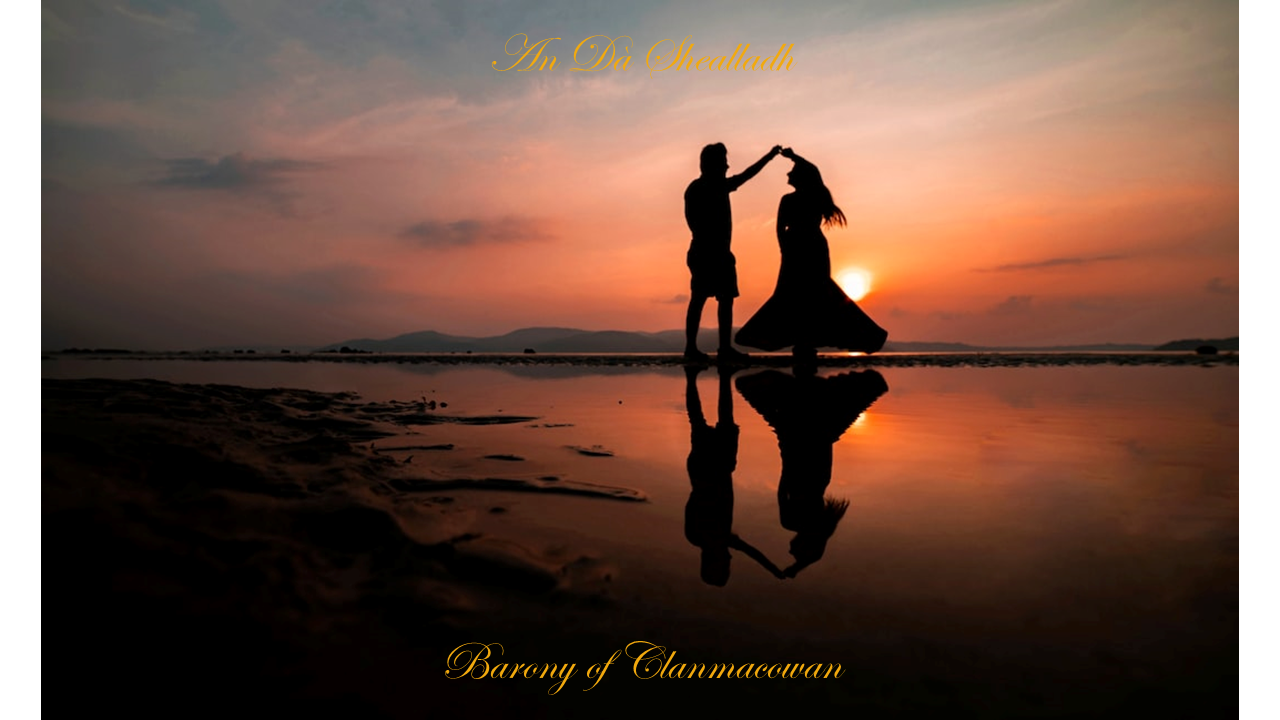
Romantic aspect
The romantic aspect is related to the love story between a young man and his beautiful wife, in which the barony played, plays, and will play a significant role.
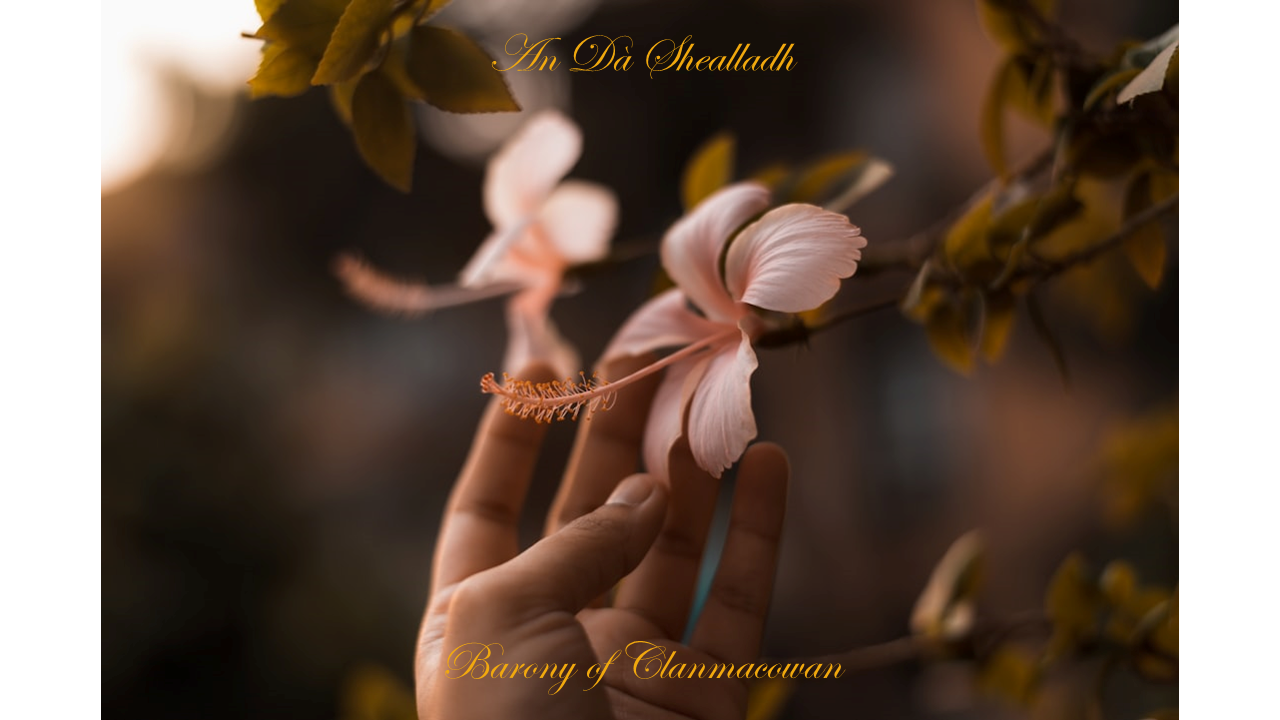
Who was Eoghan?
Eoghan was one of the sons of Domnall Mór Ua Cellaigh, who was king of Uí Maine in Ireland and died in 1221. Domnall Mór was married to Dubh Cobhlaigh Ní Briain, daughter of the king of Thomond.

Eoghan’s Legacy
Eoghan became the ancestor of Clann Maince Eoghain, a branch of the Ua Cellaigh family. This clan gave its name to the barony of Clanmacowan (also called Clonmacnowen or Cluain Mhac n’Eoghain), an area in eastern Galway.
The clan’s leaders were semi-independent vassals to the more senior Ua Cellaigh chiefs.
The barony of Clanmacowan has a rich history and is associated with romantic tales and mystique, including the Irish concept of an dà shealladh – “the second sight.”
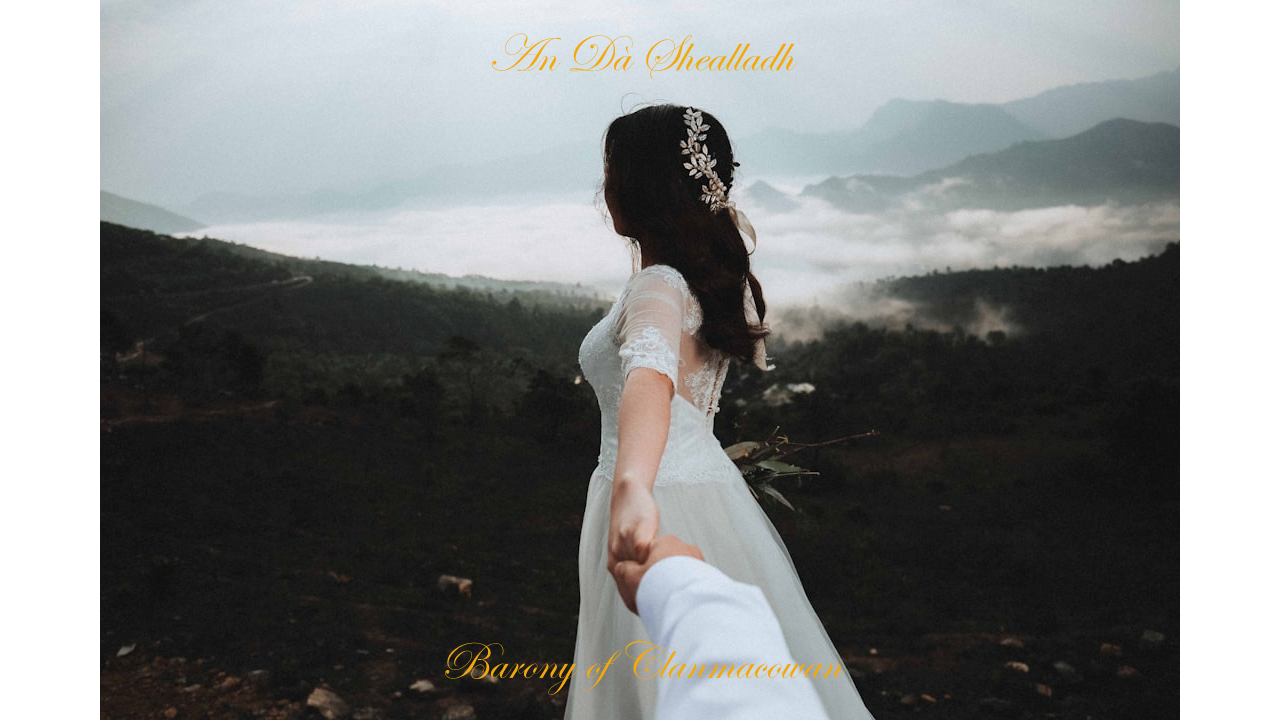
Historical Significance
Eoghan and his descendants played an important role in preserving the Ua Cellaigh bloodline after other branches lost their status. His name lives on in place names and family traditions in the Galway region.
An Dá Shealladh
Introduction
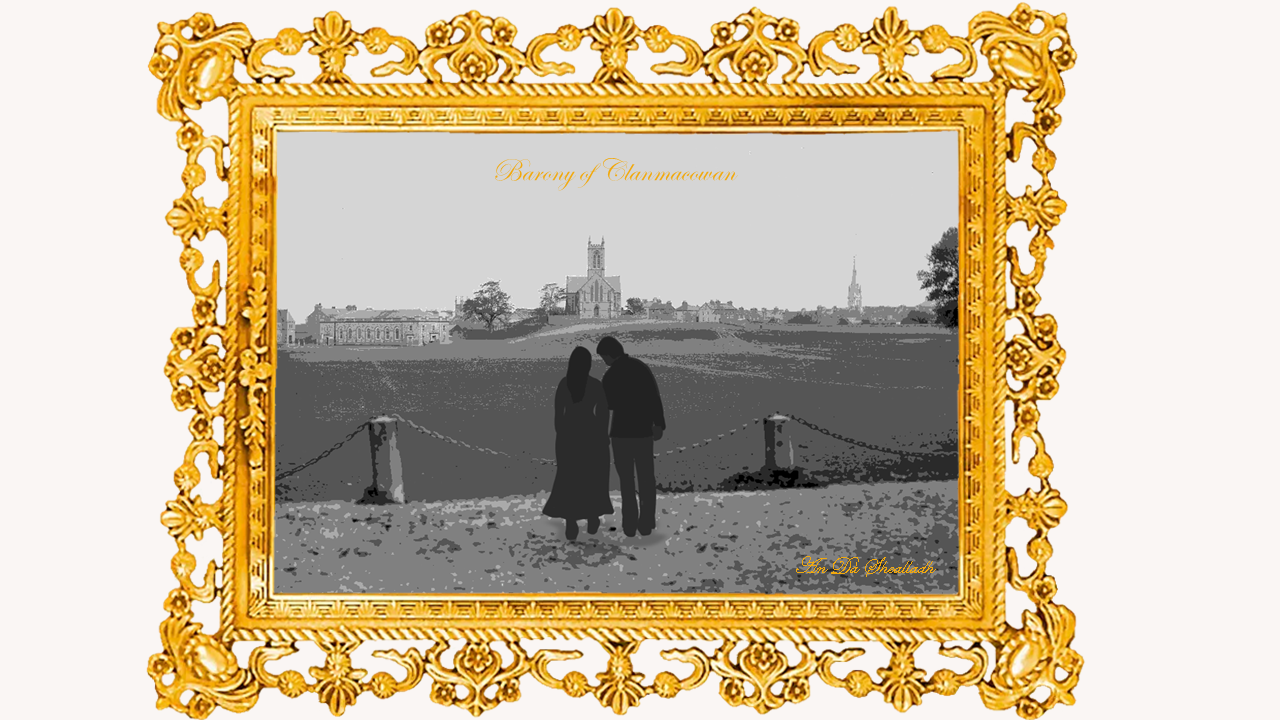
An dà shealladh – Blessing or Curse?
The gift of an dà shealladh—Gaelic for “the two sights” or “second sight”—is a well-known concept in Irish and Scottish folklore. It describes the ability to perceive things beyond ordinary senses, such as visions of future events, omens, or even spirits.
While this gift is often considered a blessing, it can also be a heavy burden. For most, it brings insight and wonder, but sometimes the visions reveal sorrow or death, making the gift difficult to bear.
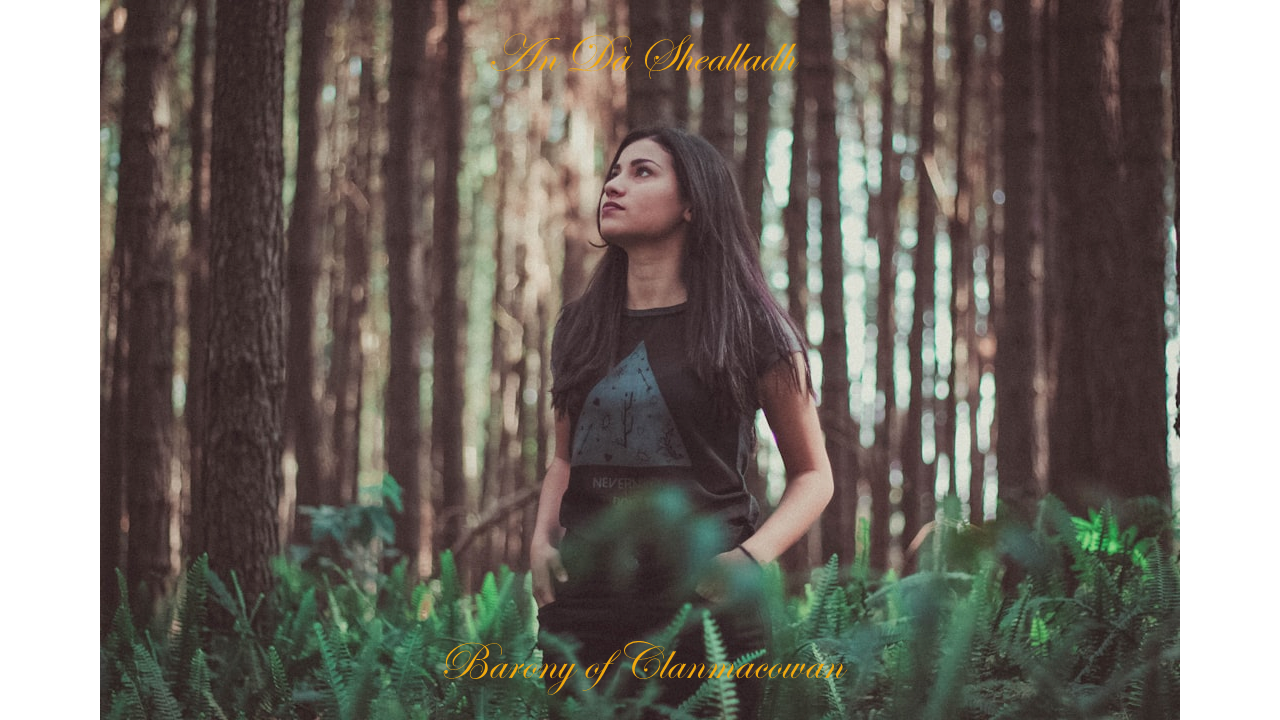
An dà shealladh – How it works
When “an dà shealladh” occurs, the vision is so intense that the person’s gaze becomes fixed on the target until the experience ends. From an observer’s perspective, it is impossible to communicate with or get any response from the seer until the vision has passed.
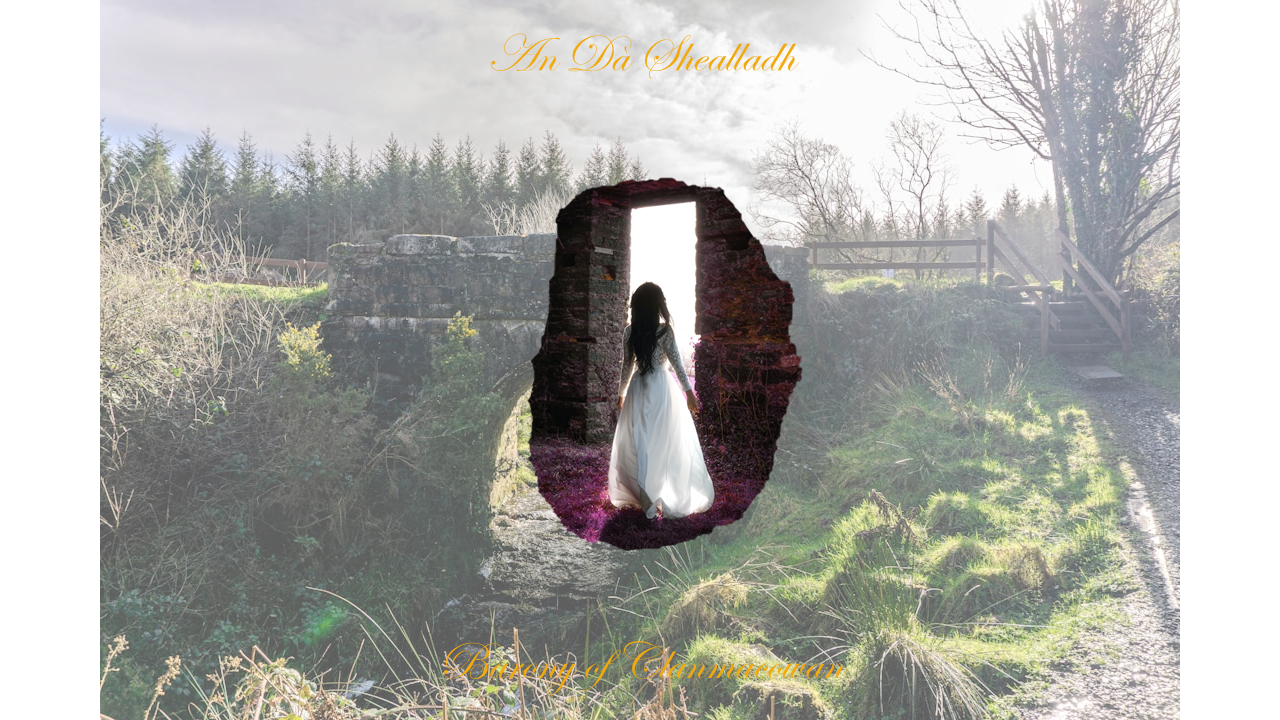
An dà shealladh – What it looks like
The vision appears like as an extra layer over normal sight. The background remains visible but faded, while the vision itself is crystal clear—much like the sharp focus one has during an accident. In that moment, every part of the seer’s attention is concentrated solely on the “an dà shealladh” vision.
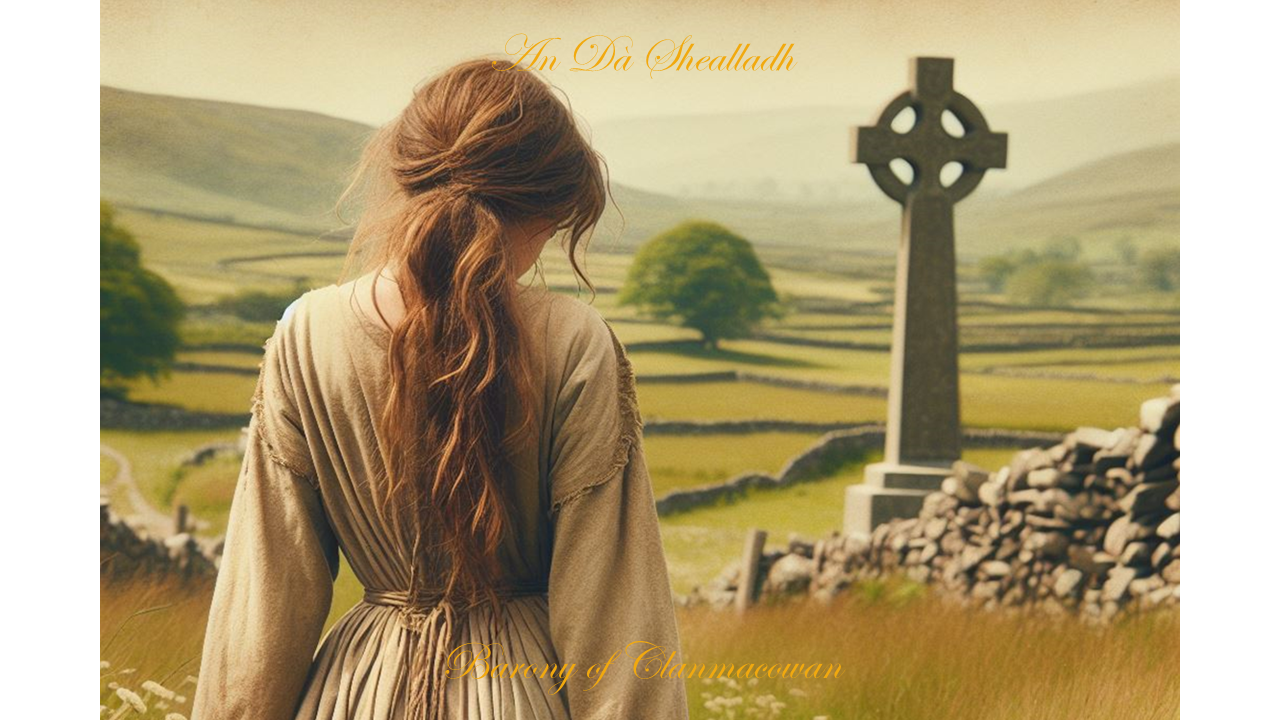
An dà shealladh – The timeless gift
The gift does not seem to distinguish between visions of the past or the future, though most often, it reveals events that are yet to happen.
You might expect the vision to be blurry or resemble an old painting, but it is actually extremely clear. Even the smallest details—such as the colour of a pacifier—are visible.
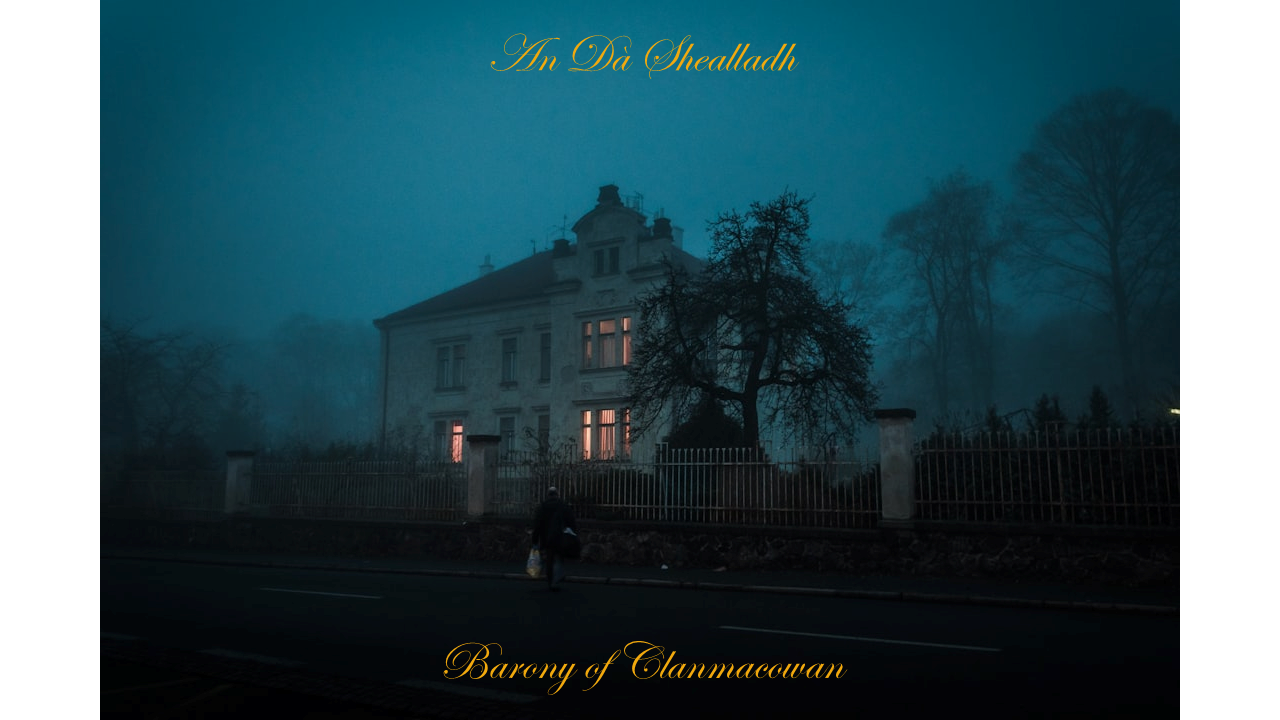
An dà shealladh – The scary gift
Now comes the unsettling part. Usually, events unfold exactly as they were seen in the vision. Occasionally, there may be slight differences, but this is rare. When it does happen, it might be something minor—such as someone’s hair being shorter or longer, or a car not matching the one seen in the vision. But the story is still the same.
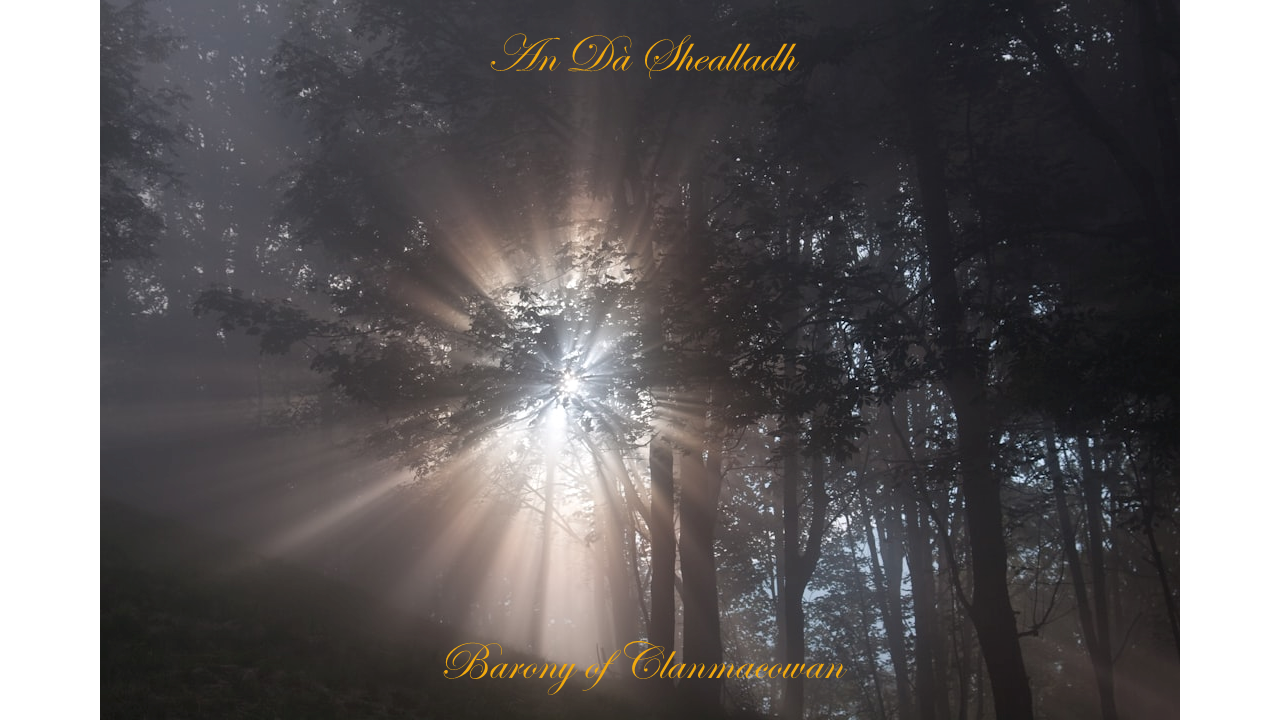
An dà shealladh – The barony in common
So, what is the connection between the gift and the barony? There appears to be a mysterious connection between the barony and the gift, each influencing the other in its own way. It is as though they mutually empower one another on a spiritual level.
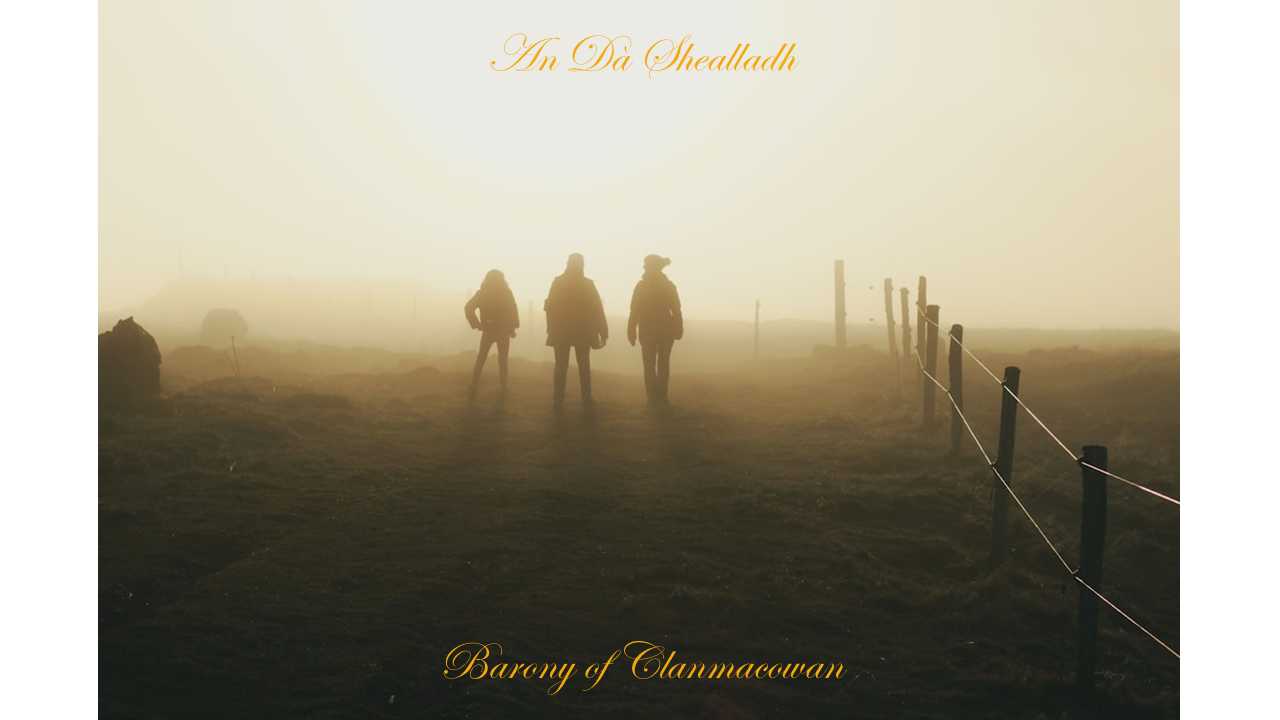
An dà shealladh – And the Timeline
What about the period between the vision and its realisation? Sometimes, the vision comes years before the event occurs; other times, it is only weeks or days in advance. Most often, by the time the event actually happens, you will have already forgotten the vision. Then, as you witness the story unfolding before you, you suddenly remember what it was all about—but by then, it is too late to change anything.
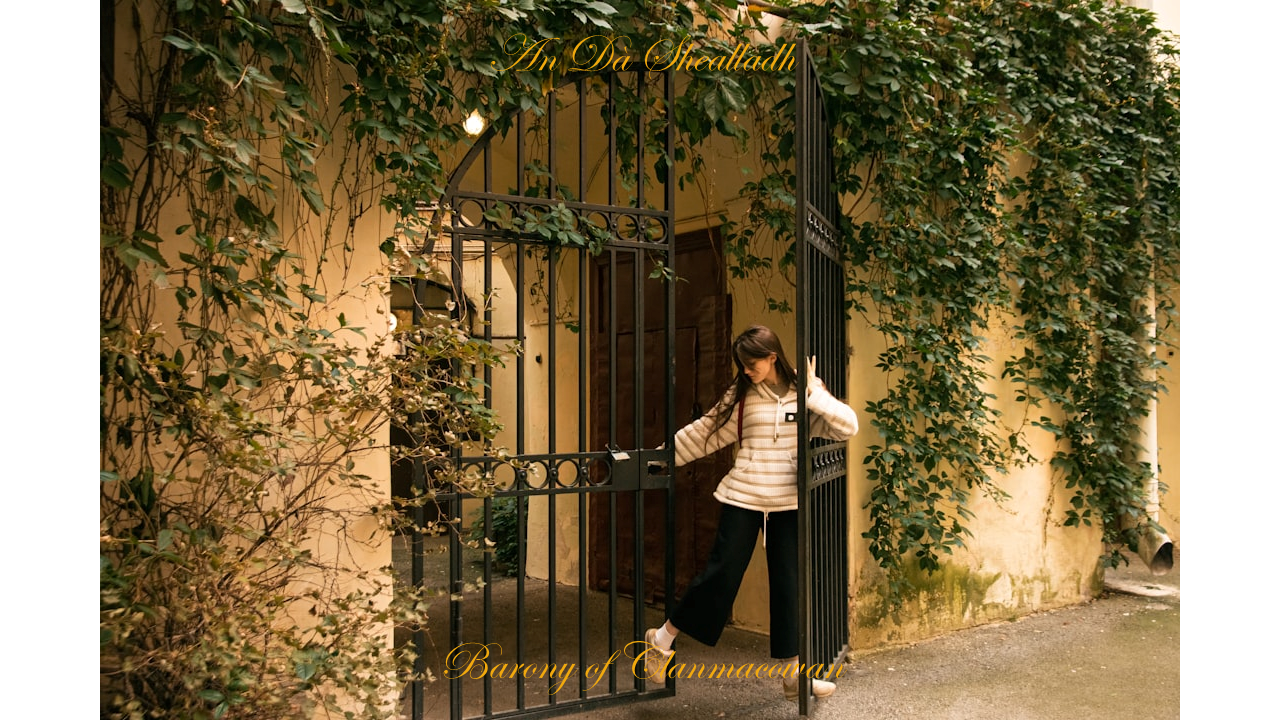
An dà shealladh – More than Visions
The gift of an dà shealladh is more than just visions. Sometimes, it manifests as a feeling that something is about to happen—a sensation that can arise just minutes, or up to a quarter of an hour, before the event occurs. This feeling can be either positive or negative, depending on what is about to take place. For example, you might sense that someone is about to visit, prompting you to walk to the door even before the doorbell rings. That is the nature of this gift: you find yourself opening the door before the visitor arrives, guided by an intuition that precedes the event itself.
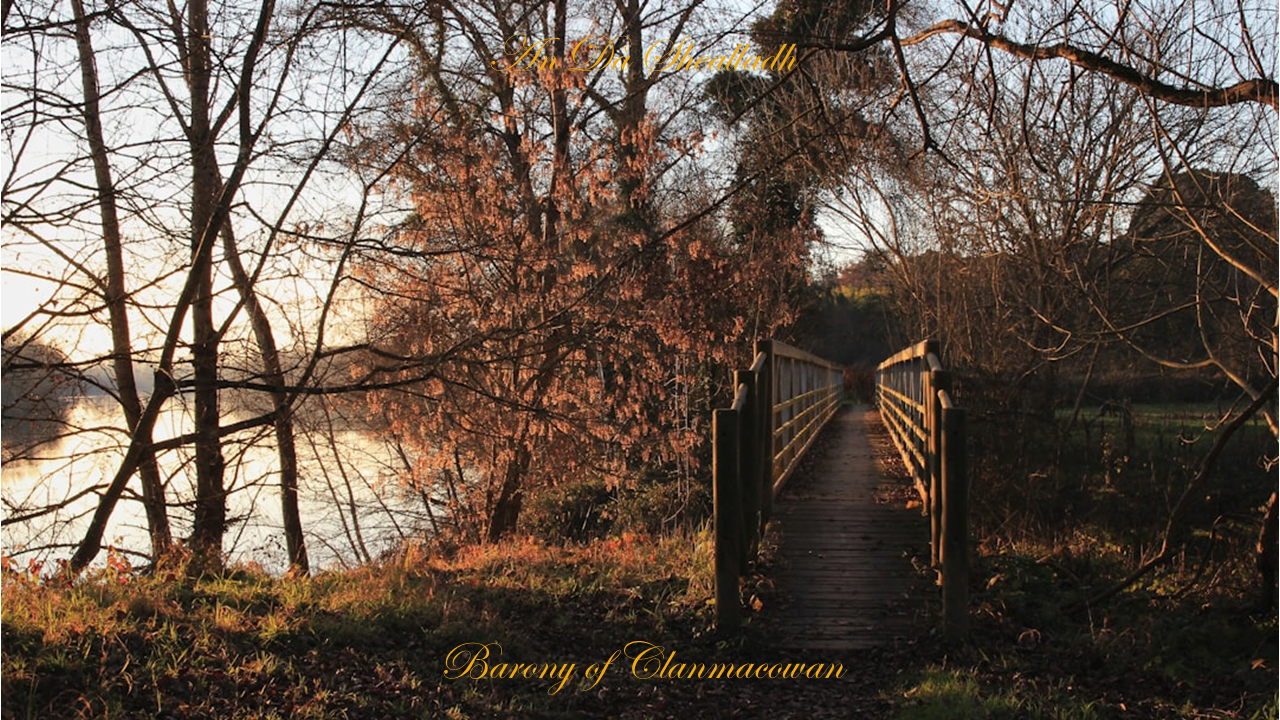
An dà shealladh – The Gift of Poetry
Sometimes, the words inspired by this gift seem unbelievable—at times even bordering on madness—yet they are never irrelevant. There is something about them that provokes wonder and uncertainty. However, once you have experienced the visions, their meaning becomes clear, and everything makes sense.
Because the gift is spiritual in nature, the texts often relate to spiritual matters. Many readers forget that events often occur first in the spiritual world before manifesting here. So, when the text describes things that seem insane or even impossible, try to consider what they might mean on a spiritual level.
The gift has its own unique syntax and style, and is often beautiful to read and hear. The melody of the language is reminiscent of the music of angels. It often makes you pause and reflect on the deeper meaning behind the words.
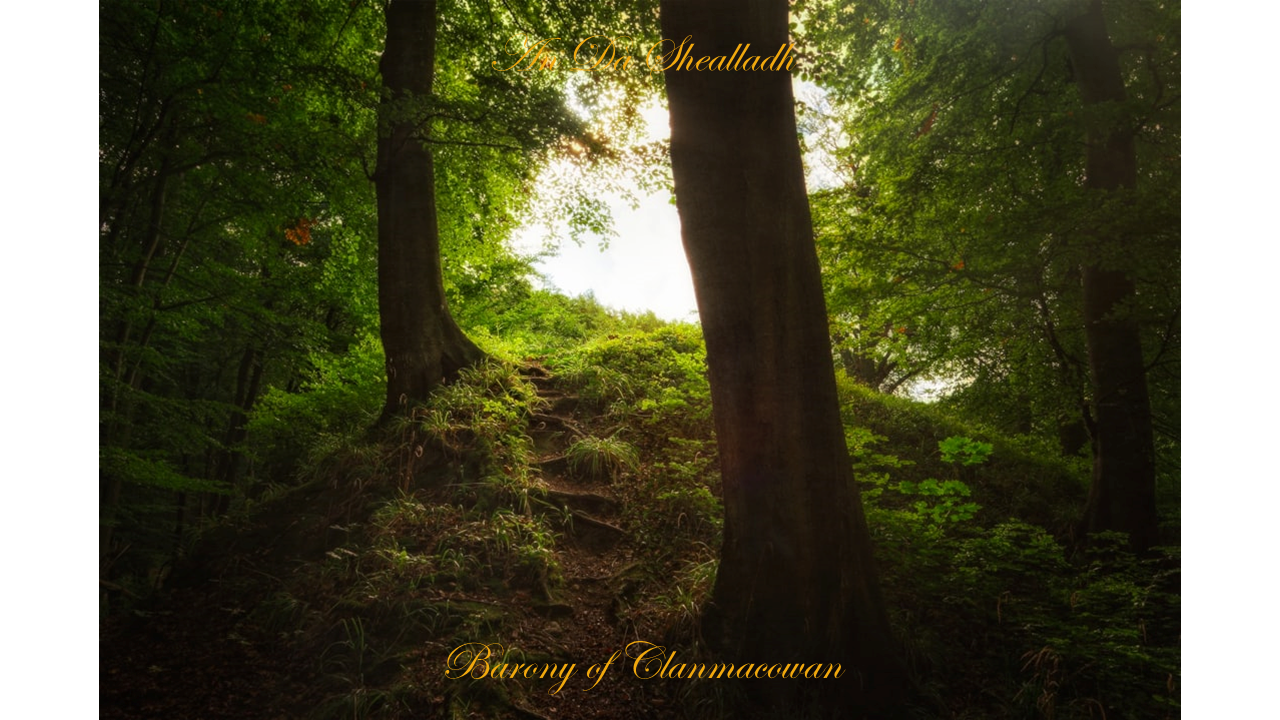
An dà shealladh – A Gift of Tuatha Dà Danann
This thought has arisen more than once: could this ancient gift, which runs in families, be a legacy from the old people of Tuatha Dà Danann? The gift of an dà shealladh seems to have a life of its own and is difficult to control. At the same time, it brings its possessor knowledge that can be almost unsettling in this world. It also has the rare ability to manifest when its people are in great need or even in danger.
glimpses of An dà shealladh
Introduction
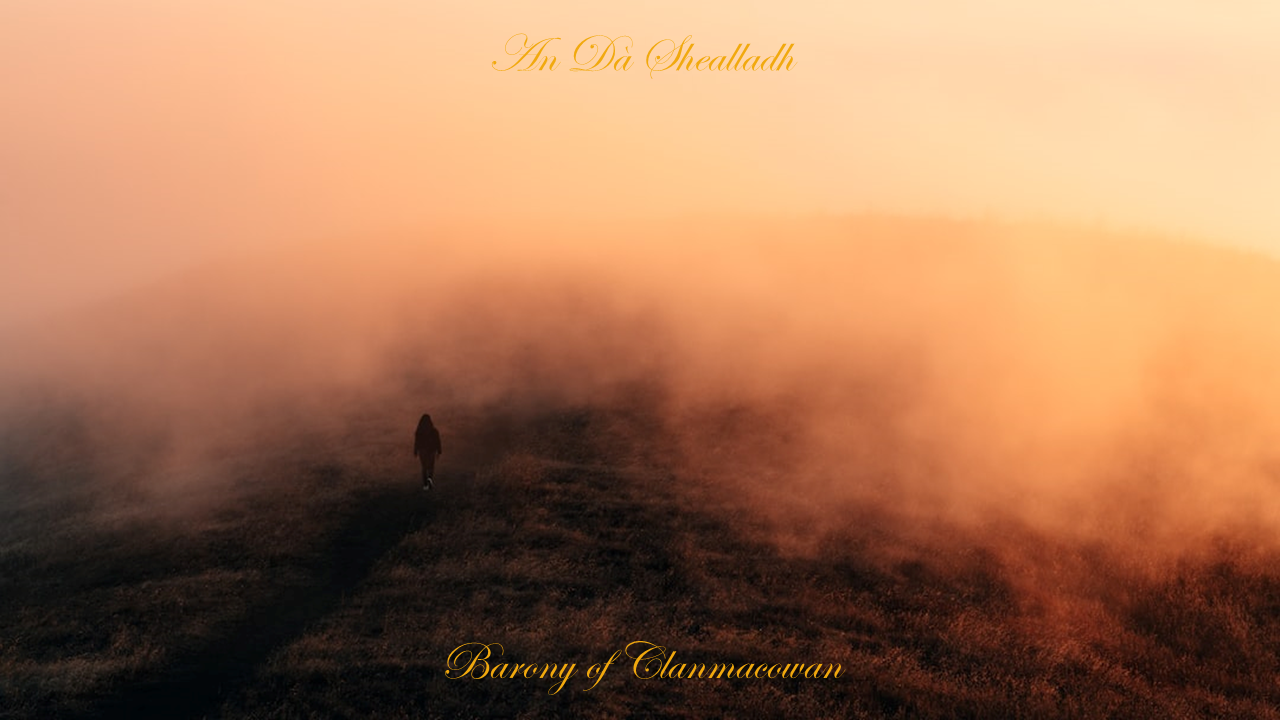
An dà shealladh – A glimpse of the future
To the Barony the romantic mist will come.
A riddle it is.
It’s neither Kasumi nor Lilinoe.
An dà shealladh
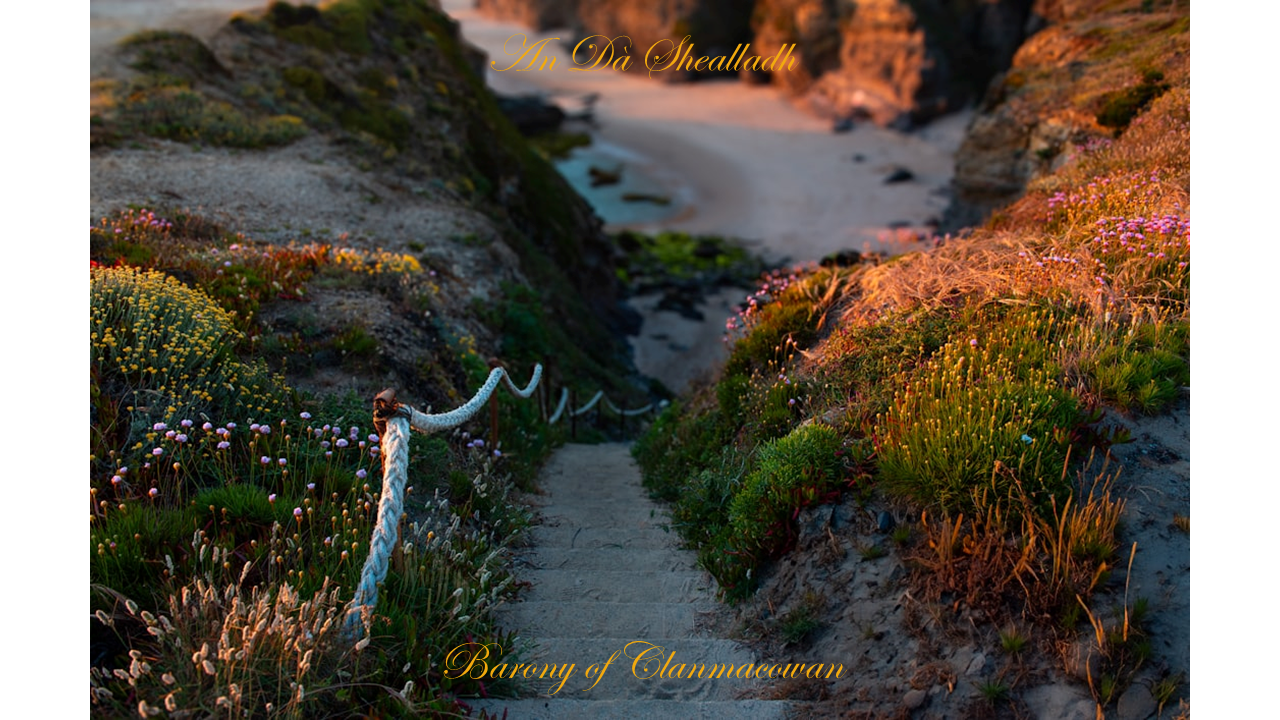
An dà shealladh – A glimpse of sincerity
Where his treasure is, there his heart will be.
An Dà Shealladh
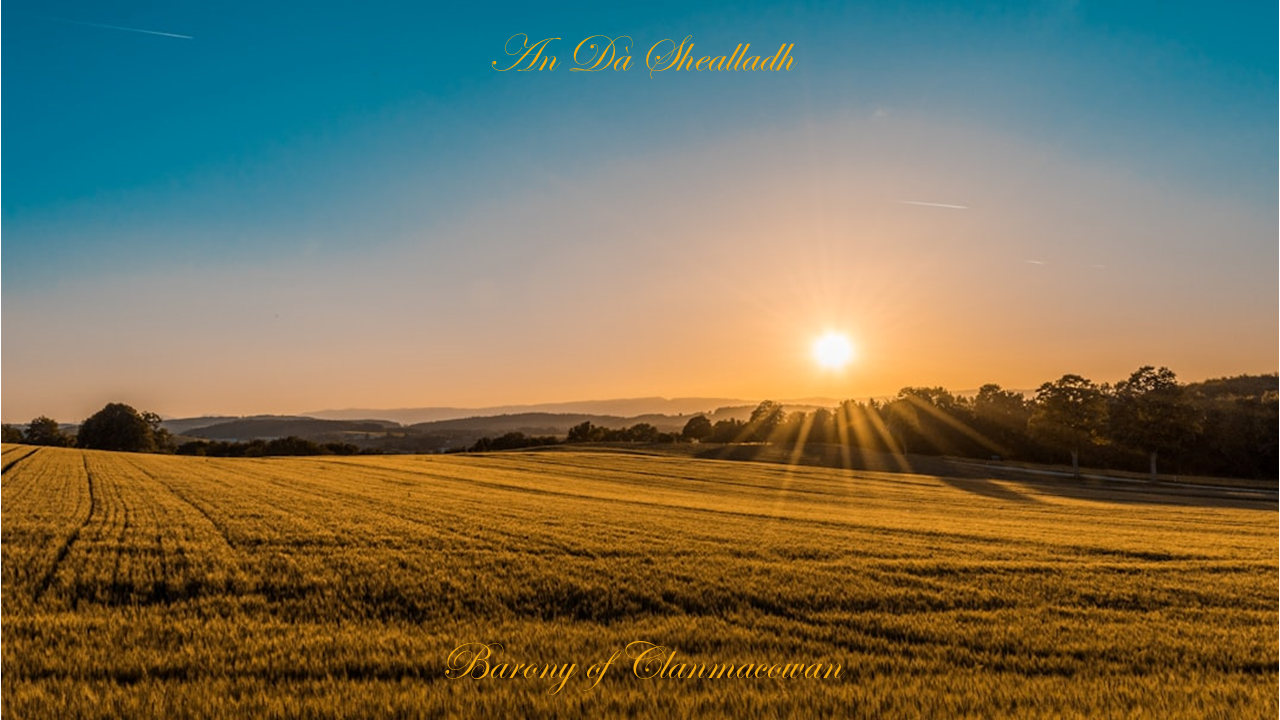
An dà shealladh – A glimpse of tomorrow
To the barony the Sun will come.
It's not a twist; It's the mist.
An Dà Shealladh
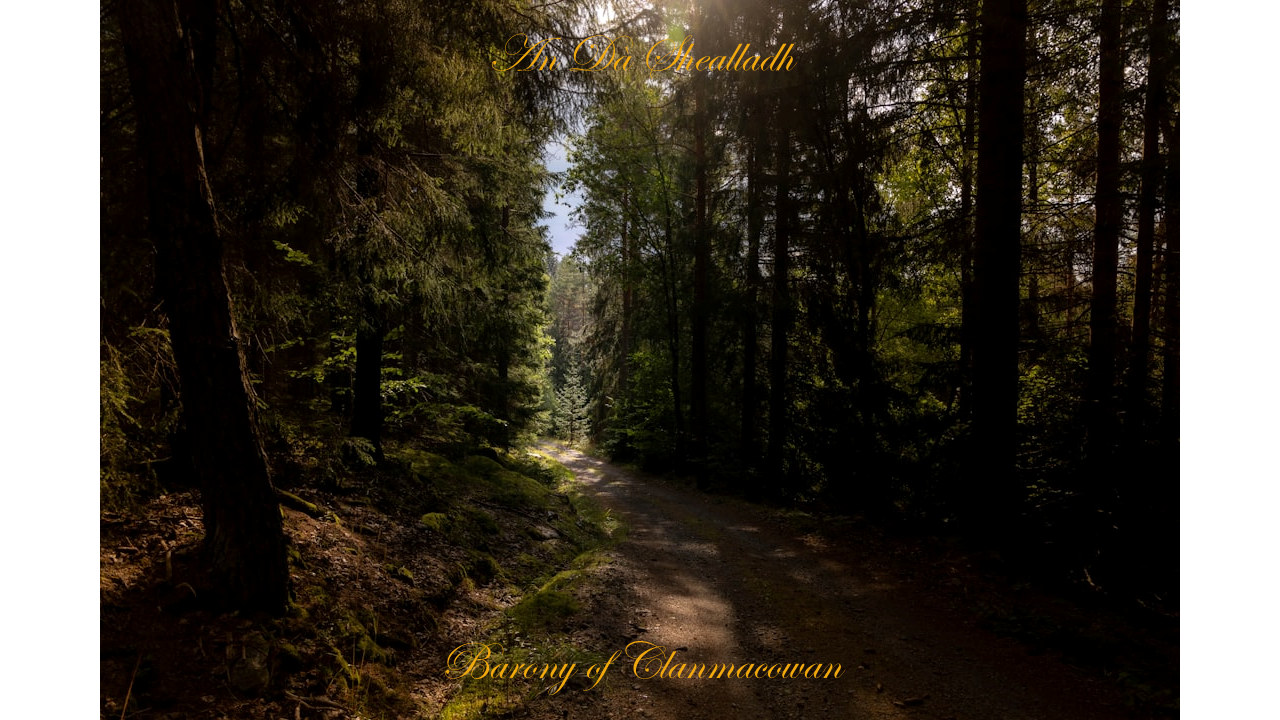
An dà shealladh – A glimpse of the past
One late day, back in ancient times, it was his deepest dream.
An Dà Shealladh
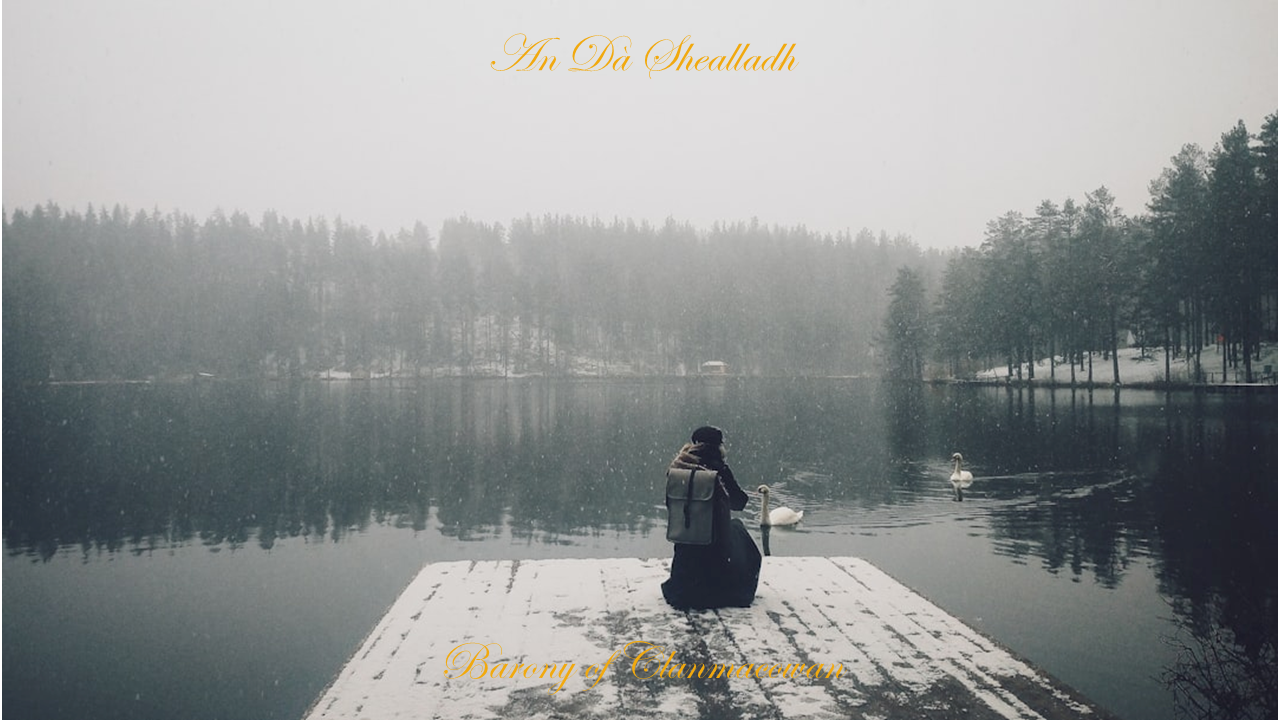
An dà shealladh – A glimpse of Tuatha Dà Danann
To Erin’s heart true love will come and an ancient prophesy fulfilled will be.
An Dà Shealladh
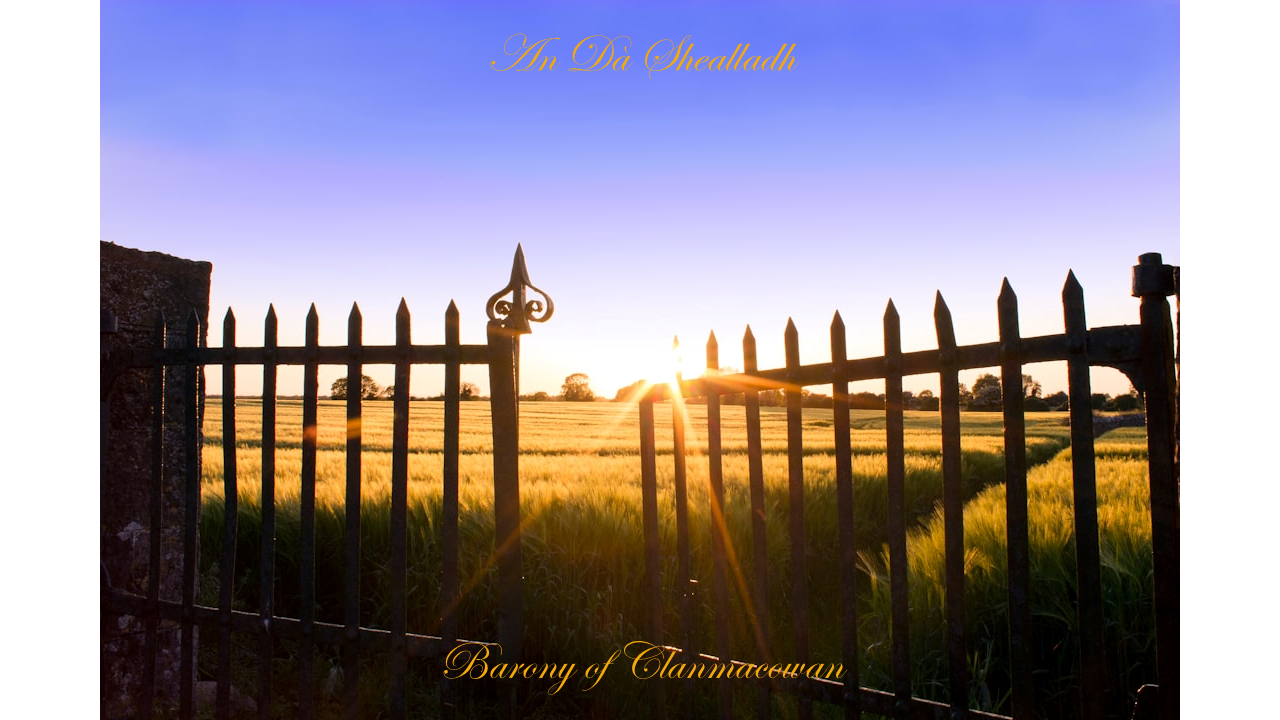
An dà shealladh – A glimpse of destiny
At Brackernagh gate is her fate.
From another time is her mate.
An Dà Shealladh
visions from the other side
Introduction

An dà shealladh – Visions of the Future
How can we distinguish whether a vision is of the future or the past? Such visions often appear as brief film-like sequences. It is up to the seer to interpret, based on the setting, the buildings, and the clothing of the people, whether the vision relates to the future or the past. Frequently, these visions are accompanied by a unique sensation or a peculiar intuition that hints at their meaning and timing.
For example, consider the vision of Brackernagh Gate. An AI search might suggest that such a place does not exist, or that it is merely a fictional location found in poetry, used to evoke a romantic setting in a love story. Yet, when you have experienced the vision, you instinctively know that this place is real, and the vision even reveals the time of day when the event will occur. It is like discovering a beautiful piece of a puzzle that fits perfectly into an ancient, foretold tale.
poetry
Introduction
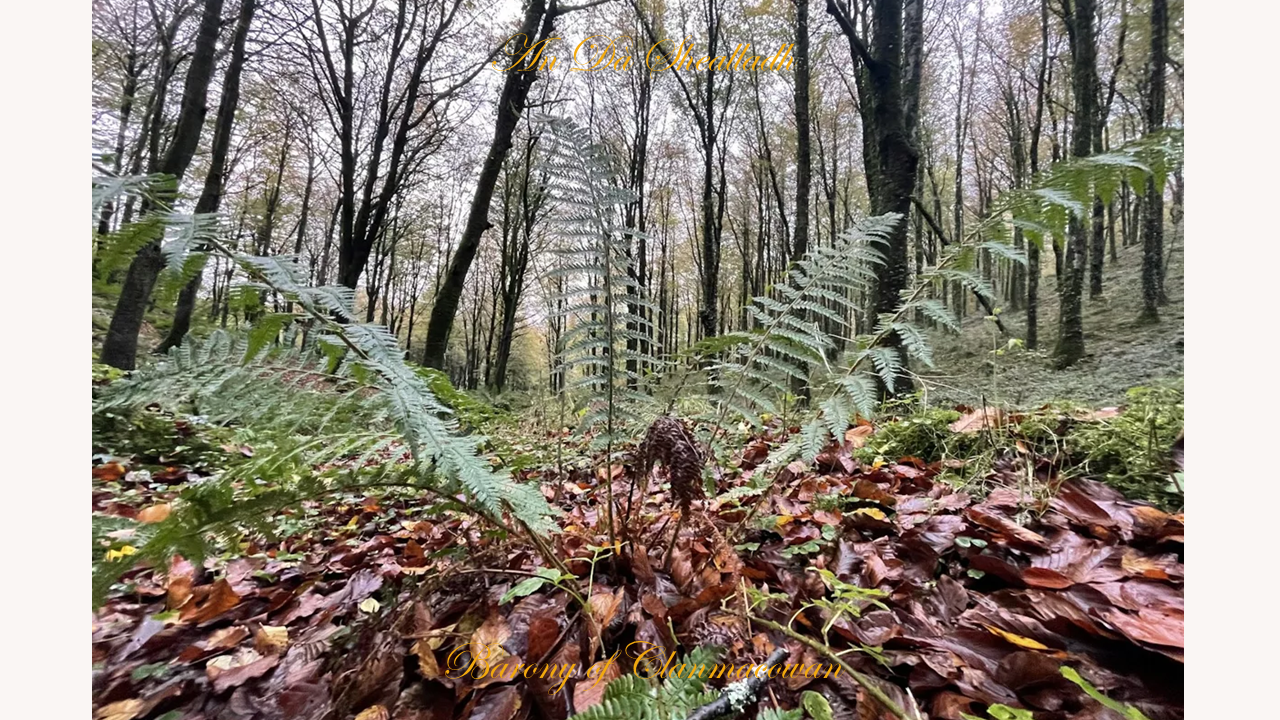
An dà shealladh – A glimpse of poetry
In Erin’s romantic heart, where echoes dwell, The ancient promise whispers well. At the time foretold, revealed shall be, The Irish High Cross—the sacred key.
An Dá Shealladh
